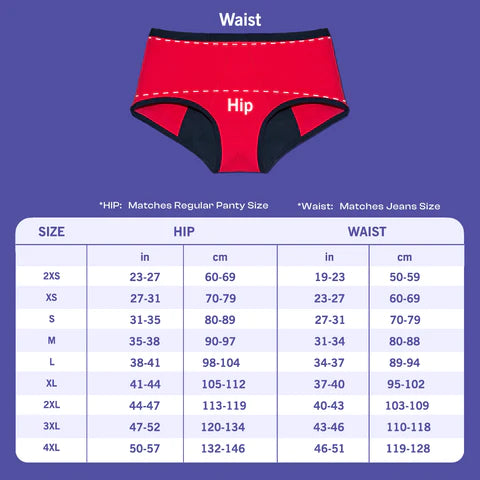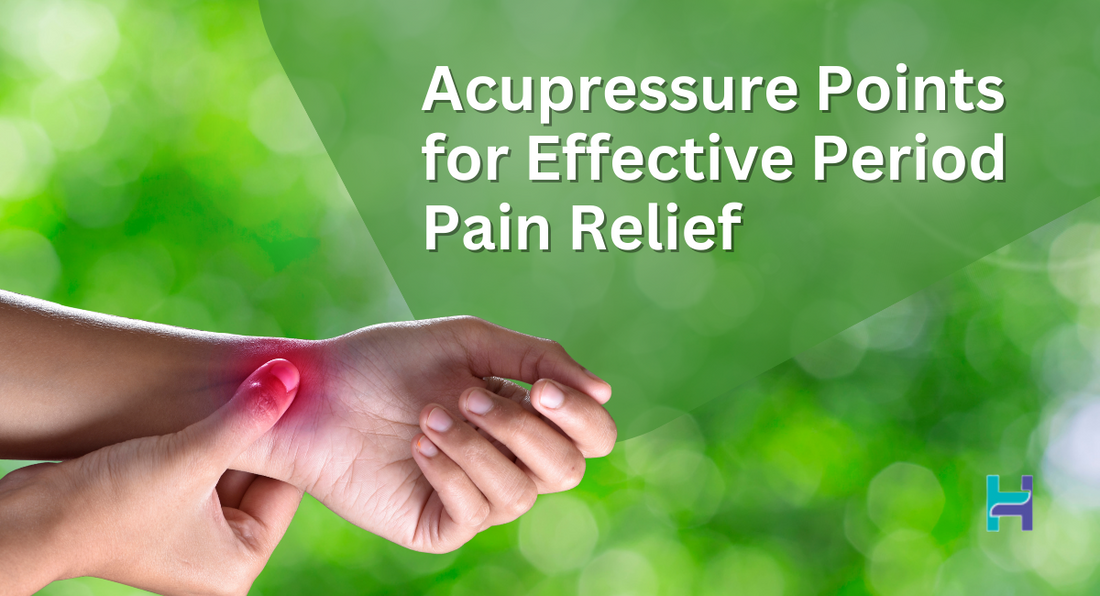Key Takeaways:
- Acupressure is a natural pain relief technique.
- It can reduce period cramps effectively.
- Uterine contractions are the main cause of period pain.
- Specific pressure points help relieve menstrual pain.
- You can apply acupressure easily at home.
Period pain hits hard. It causes cramps, headaches, and mood swings. For many women, it ruins daily life. It lowers focus and drains energy.
Uterine contractions trigger this pain. The medical term for this is called dysmenorrhea. It affects women every month.
Acupressure offers relief as it is a traditional Chinese technique. You press certain points on the body to ease pain. Several acupressure points for period pain work well. These points are on the lower belly, hands, and legs.
Pressing these points reduces cramps. It also relaxes your body. You can do it at home, without tools.
This blog will show you the best acupressure points for period pain.

Image source: woninstitute.edu
What is acupressure?
Acupressure denotes a traditional Chinese healing technique involving the stimulation of pressure points on the human body to rebalance the flow of energy, therefore relaxing it from pain, through proper health restitution. The practice is grounded on the principles of acupuncture, but instead of needles, it utilizes the pressure of fingers or other means, such as balls, on acupressure points.
The origin of acupressure can be traced back to ancient China over 5,000 years ago. It is believed to have been developed as part of traditional Chinese medicine, which incorporates various healing practices, including acupuncture, herbal medicine, and massage.
How does acupressure work?
Acupressure can help with period pain by stimulating certain points on the body that are believed to be connected to the menstrual cycle and reproductive system. When these points are pressed, they can help to relieve menstrual cramps, lower back pain, and other symptoms associated with period pain.
The underlying theory of acupressure is based on the concept of qi, which is believed to be the body's vital energy. Acupressure works by applying pressure to specific points along the body's meridians, or energy pathways, to help balance the flow of qi and promote healing and well-being.
Research has shown that acupressure can be effective in reducing period pain, especially when combined with other natural pain relief strategies such as heat therapy and relaxation techniques. Additionally, acupressure is a non-invasive and drug-free method of managing period pain, making it a safe and natural alternative to traditional pain medications.
What causes period pain?
Period pain, also known as dysmenorrhea, is caused by the contraction of the uterus as it sheds its lining. These contractions are caused by the release of prostaglandins, hormones produced by the uterus that stimulate the smooth muscle contractions. The higher the level of prostaglandins, the more severe the menstrual cramps.
Other factors that can contribute to period pain include endometriosis, fibroids, ovarian cysts, and pelvic inflammatory disease. Hormonal imbalances, such as low levels of estrogen, can also lead to menstrual cramps. Stress, poor diet, and lack of physical activity can also exacerbate the symptoms of period pain.
Acupressure Points for Menstrual Pain
1. LV3 (Tai Chong)
2. SP6 (San Yin Jiao)
3. LI4 (He Gu)
4. ST36 (Zusanli)

1. LV3 (Tai Chong): LV3, also known as Tai Chong, is one of the most effective acupressure points for relieving period pain. It is located on the top of the foot, about one thumb width above the junction of the first and second metatarsal bones.
Tai Chong is considered a key point for regulating the menstrual cycle and is used to alleviate a range of menstrual problems, including cramping, headache, nausea, and bloating.
To stimulate Tai Chong, find the point on your foot and apply firm pressure with your thumb for about one minute. You can also use a small ball and a roller too, to apply pressure.
It is recommended to perform acupressure on Tai Chong every day during the menstrual cycle, and to avoid applying pressure on this point during pregnancy.

2. SP6 (San Yin Jiao): SP6, also known as Sanyinjiao, is another effective acupressure point for relieving period pain. It is located on the inner side of the calf, three finger widths above the ankle bone and between the two tendons.
Sanyinjiao is known to regulate the menstrual cycle and is often used to relieve menstrual cramps, lower back pain, and irregular periods.
To stimulate Sanyinjiao, find the point on your calf and apply firm pressure with your thumb for about one minute.
You can also use a small ball or a roller to apply pressure. It is recommended to perform acupressure on Sanyinjiao every day during the menstrual cycle, and to avoid applying pressure on this point during pregnancy.

3. LI4 (He Gu): LI4, also known as He Gu, is a commonly used acupressure point for relieving cramping during menstruation. It is located between the thumb and index finger on the highest point of the muscle when the thumb and index finger are brought together.
He Gu is considered a powerful point for relieving pain and is often used to treat headaches, toothaches, and menstrual cramps.
To stimulate LI4, find the point between your thumb and index finger and apply firm pressure with your thumb for about one minute. You can also use a small ball or a roller to apply pressure.

4. ST36 (Zusanli): ST36, also known as Zusanli, is a commonly used acupressure point that is believed to have a rejuvenating and healing effect on the body. It is located four finger widths below the knee, one finger width from the outer edge of the shinbone.
ST36 is known to stimulate the digestive system, boost the immune system, and alleviate fatigue and stress.
To stimulate ST36, find the point on your leg and apply firm pressure with your thumb for about one minute.
Also read: Fever delays your period? Let us find out
How to apply Acupressure step by step for Menstrual Pain?
-
Find the right acupressure points: Commonly used acupressure points for menstrual pain include SP6 (Sanyinjiao), located on the inner side of the calf, LI4 (He Gu) located between the thumb and index finger, and ST36 (Zusanli), located four finger widths below the knee.
-
Prepare yourself: Find a quiet, comfortable place to sit or lie down and remove any tight clothing that may be constricting the area you plan to work on.
-
Apply firm pressure: Use your thumb, fingers, or a small ball or roller to apply firm pressure to the selected acupressure point. Hold the pressure for one to two minutes or until you feel a noticeable improvement in your symptoms.
-
Repeat as needed: Repeat the process on the same or different acupressure points as needed. You can perform acupressure on yourself several times a day to help manage menstrual pain.
- Relax: After applying acupressure, take a few deep breaths and relax your body. Try to stay still for a few minutes to allow the body to fully absorb the benefits of the acupressure.
One must remember that acupressure is a complementary therapy and should not be used as a substitute for medical care.
Also read: Health benefits of green tea
To sum up
Acupressure is a natural and non-invasive way to help reducing menstrual pain and discomfort. By applying firm pressure to specific points on the body, it can help to balance the flow of energy and promote healing.
We hope that this blog has helped to shed some light on the benefits of using acupressure for period pain relief. We understand that menstrual pain can be debilitating, and finding natural and effective ways to manage it is essential.
By understanding the underlying principles of acupressure and how to apply it to common period pain points, we hope you feel empowered to try it for yourself.


